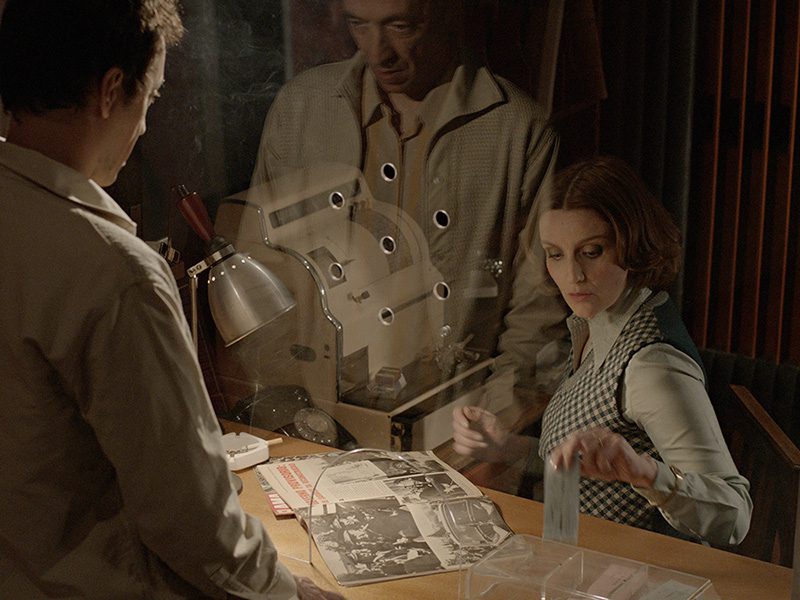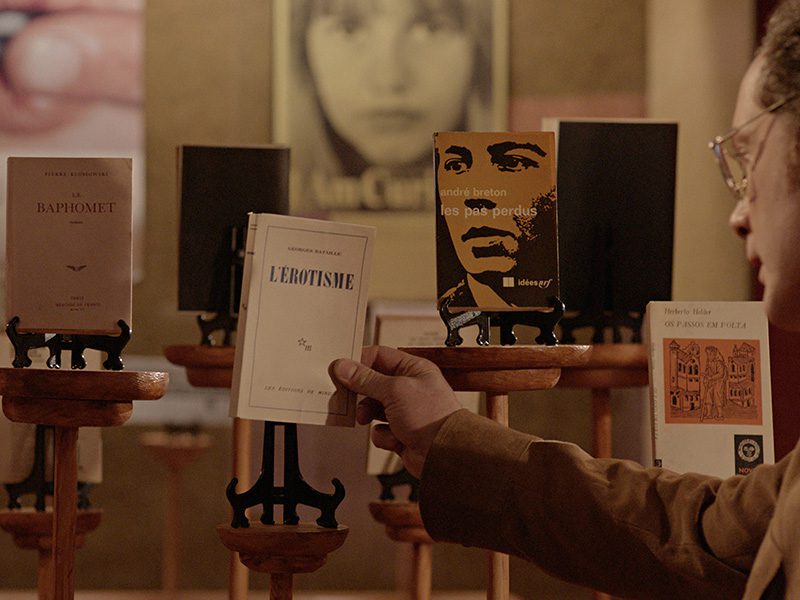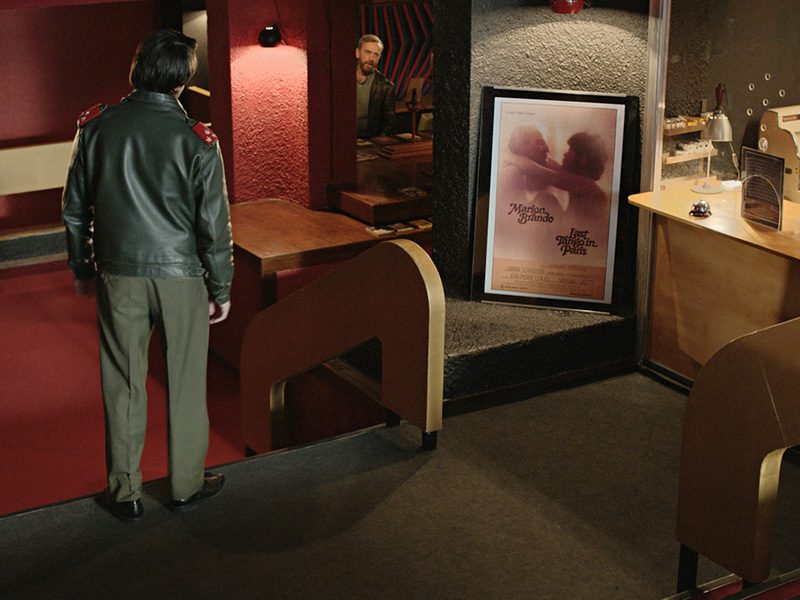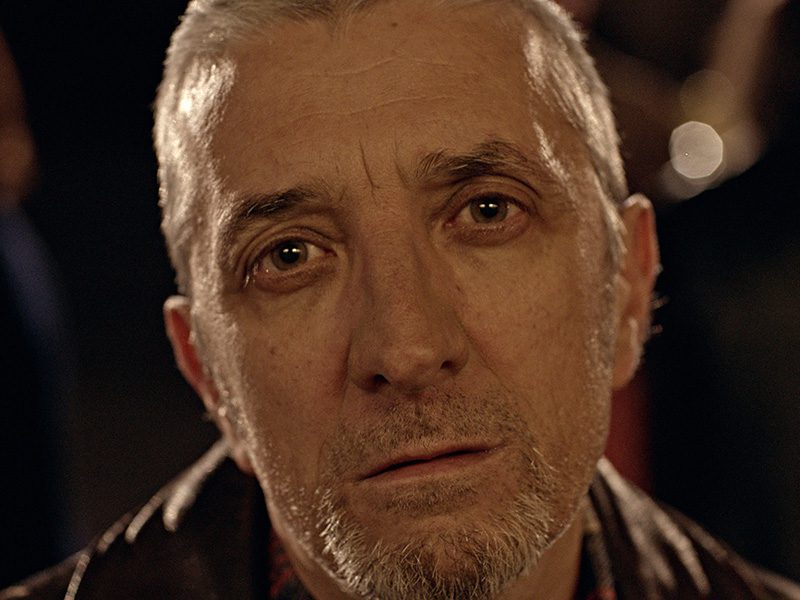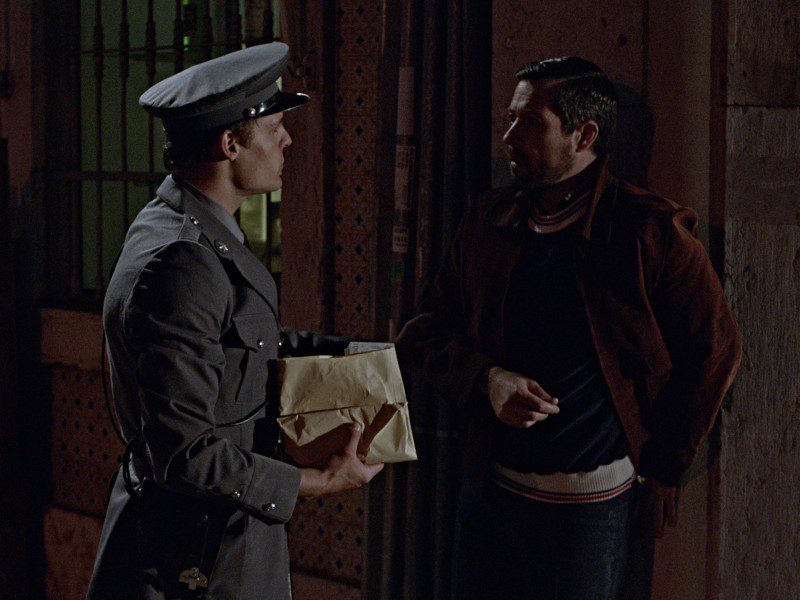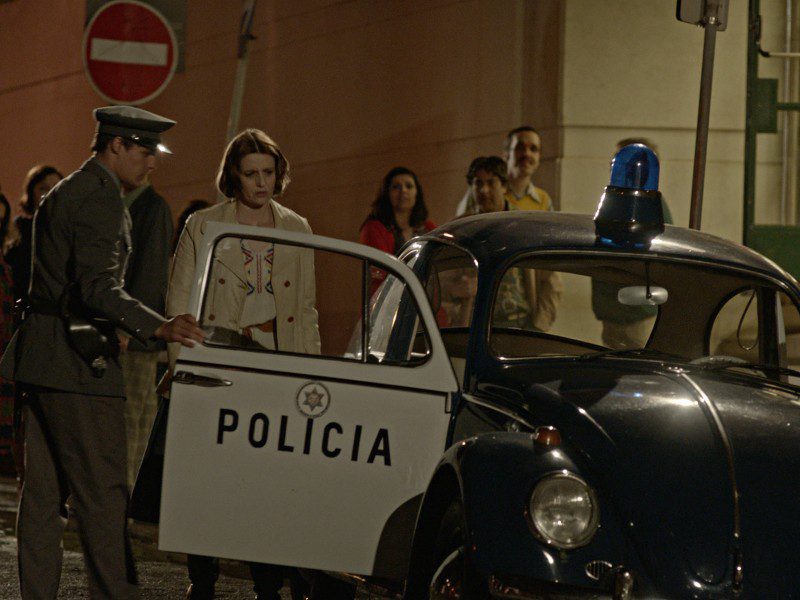ART CITIES:N.York-Stan Douglas
 Since the late ‘80s, Stan Douglas has created films, photographs, and installations that reexamine particular locations or past events. His works often take their points of departure in local settings, from which broader issues can be identified. Making frequent use of new as well as outdated technologies, Douglas appropriates existing Hollywood genres and borrows from classic literary works to examine the intersection of history and memory in evocative, mesmerising works.
Since the late ‘80s, Stan Douglas has created films, photographs, and installations that reexamine particular locations or past events. His works often take their points of departure in local settings, from which broader issues can be identified. Making frequent use of new as well as outdated technologies, Douglas appropriates existing Hollywood genres and borrows from classic literary works to examine the intersection of history and memory in evocative, mesmerising works.
By Efi Michalarou
Photo: David Zwirner Gallery Archive
In 2008, Stan Douglas was invited to make a new work linked to Lisbon. Stan Douglas then decided to transpose the action of Joseph Conrad’s novel “The Secret Agent” (published in 1907 and the story is set in London in 1886 and deals with Mr. Adolf Verloc and his work as a spy for an unnamed countr)y. The novel is said to have influenced the Unabomber (Theodore Kaczynski) who identified strongly with the character of the Professor), to the time just following upon the Revolution of 25/4/74 in Portugal as the historical context for his work. Various vicissitudes delayed the materialization of this project, until the David Zwirner Gallery made available the funds for its realization, and filming began on this feature-length work conceived as a cinematic installation. “The Secret Agent” was filmed in Lisbon in February and March 2015, with a large cast of Portuguese actors and produced by O Som e a Fúria. “The Secret Agent”, restages the plot of Joseph Conrad’s novel within the aftermath of Portugal’s carnation revolution, which overthrew Europe’s oldest dictatorship in April 1974. The period known as PREC (Revolutionary Process Underway) that followed stood in many ways outside dominant constructions of history itself, which at the time ran firmly along geopolitical contours demarcated by the Cold War. While Conrad’s secret agent, Mr. Verloc, worked for an unspecified nation, Douglas’s character by the same name is employed by the US Embassy in Portugal. He struggles to provide relevant intelligence and becomes entangled in an ill-fated plot to bomb the Marconi installation outside of Lisbon, an important telephone connection between the country and North America, and thus an umbilical cord between the Old and New Worlds. The work is composed of 12 episodes that are paired by scene on 6 screens. Positioned in the center of the installation, the viewer becomes immersed in a given scene and must adopt the role of an editor to focus attention on any one part of the action. Characteristic of Douglas’s multilayered and nonlinear films, many of the scenes are shot from differing viewpoints and overlap chronologically. The overall narrative is divided into two sections, before and after a main event that is anticipated and dealt with, but never explicitly shown. In conjunction with “The Secret Agent”, the gallery presents a survey of Douglas’s photographic works spanning his career. On view at David Zwirner are series of works from the late ‘80s to the present.
Info: David Zwirner Gallery, 519 West 19th Street, New York, Duration 31/3-30/4/16, Days & Hours: Tue-Sat 10:00-18:00, www.davidzwirner.com

